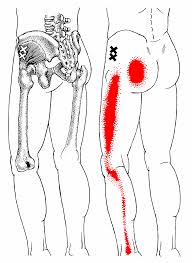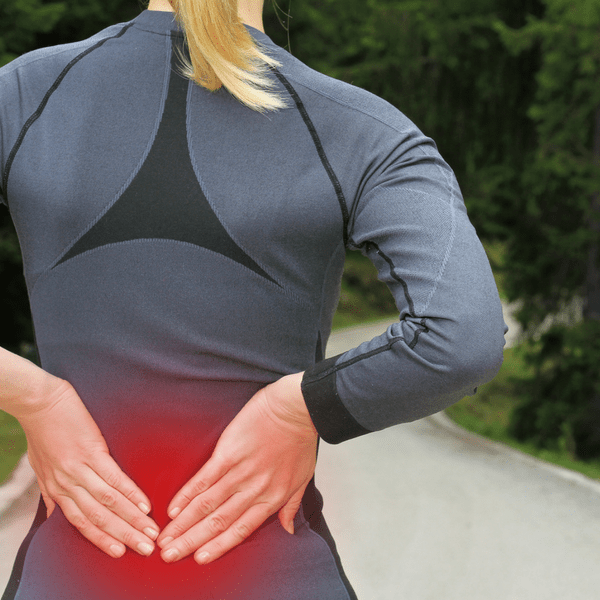Welcome to the last installment of my six part series on Sciatica. Over the course of the last five blog posts we have talked about symptoms for: herniated disks, lumbar stenosis, adverse neural tension, Piriformis syndrome and now trigger points in a small hip muscle called Gluteus Minimus. In my experience, lots of people have come into my practice telling me that their doctor diagnosed them with Sciatica. It is left up to me to figure out which brand of Sciatica they have. Many times, when I see someone who has Sciatica, they really have a trigger point in their Gluteus Minimus. So today as always, we will look into symptoms, diagnosis and treatment.
Symptoms for this brand of Sciatica are similar to those we’ve already discussed with maybe a few mild variations.
- Pain in buttock, hip, posterior and/or lateral thigh and calf regions
- Hip pain while walking (causing limp)
- Pain while rising from a chair
- Pain may be constant and excruciating, unaffected by positioning
- Hip adduction, such as sitting with the affected leg crossed over the other leg, is limited by pain
Diagnosis for this is perhaps the easiest of all the other Sciatica’s I have spoke about so far. For this example, let’s assume your pain is in your right leg. Simply lie down on the left side with your right side facing the ceiling. If available, put a pillow or two between your knees to decrease the tension through your hips. Now, take your fingers and feel for the top of your hip (Iliac Crest) and your hip bone (Greater Trochanter) just below it. Once you locate your hip bone move your fingers just above it about 1/3 the distance up. Once there, press down firmly. Does this hurt? Does it reproduce your symptoms? If you have painful knots in your hip that reproduce your symptoms, chances are you have a trigger point in your Gluteus Minimus.
In terms of treating this muscle you have a few choices. If you are going to go the self-treatment route then you will need a tennis ball. Put your affected side (in this case your right) hip on top of the ball with GRADUAL pressure. Remember, this tissue is tight and painful. While putting all your weight through the ball won’t injure you, it won’t necessarily feel good either. You want to take a slow approach to treating yourself to give the tissue time to relax. Time spent treating this tissue can be anywhere from 5+ minutes depending on how long it takes to get the muscle to release.
Another avenue that I recommend here is trigger point dry needling. It is an unbelievably effective means of treating the tissue at its source. While the thought of a needle making one feel better rather than worse seems a bit paradoxical I can assure you it does. Have you ever had a muscle that was so tight or painful you just wanted to stab it? I’ve had so many patients come in and use those exact words and I tell them, “Hey, we can do that!” Once that needle is in the affected tissue, there is a release that gives you that “hurts so good” feeling.
Regardless of whether you choose the tennis ball or my needles, Gluteus Minimus trigger points are no joke and can prevent you from enjoying a lot of the activities you regularly participate in. Don’t let this relatively simple pathology stop you from doing the things you love. As always, please feel free to call my personal cell phone 479-402-9400 if you want to discuss your symptoms or schedule a free 20 minute discovery session. For more information about trigger points or “knots” check out the links listed below.
How Does Trigger Point Dry Needling Work?




